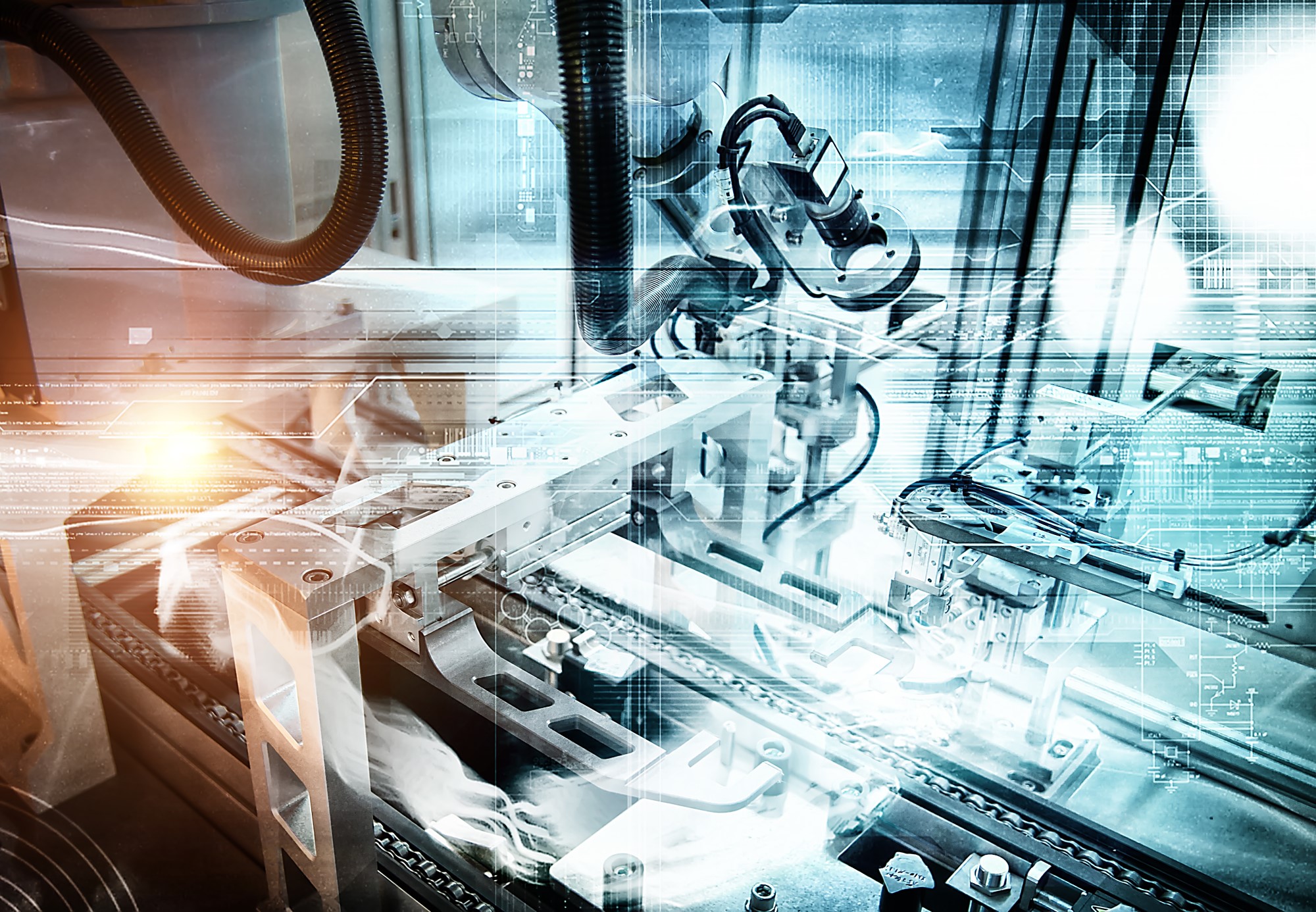The non-profit Advanced Robotics for Manufacturing (ARM) launched in 2017. Its goal is to accelerate the adoption of new technologies and ensure the U.S. workforce has the skills required to work with emerging technologies. On September 4, 2019, ARM became one of the anchor tenants at Carnegie Mellon University’s innovation hub Mill 19 at Hazelwood Green. With more than 200 industry, academic, and non-profit members, ARM’s mission is to grow U.S. manufacturing and make it more competitive globally. Planned programs are designed to attract new or retrain existing manufacturing workers and create a global competitive advantage.
Part Procurer interviewed Suzy Teele, Head of Marketing and Communications at ARM.
The following interview has been edited for clarity and length.
ARM is a public-private partnership. Can you give me a little background on its history and how it came about?
ARM is one of 14 national institutes that are funded by the federal government and exist under the moniker of “Manufacturing USA.” Manufacturing USA was formally established in 2014 as the National Network for Manufacturing Innovation.
Manufacturing USA institutes bring together industry, academia and federal partners within a growing network of advanced manufacturing institutes to increase U.S. manufacturing competitiveness and promote a robust and sustainable national manufacturing R&D infrastructure.
Carnegie Mellon University (CMU) was awarded the contract by the federal government to start ARM in January 2017. ARM was spun out of CMU as a separate non-profit entity. Today we have over 200 members spanning large, medium and small manufacturers, research institutions, community colleges, trade schools, and re-skilling centers, robotics suppliers, systems integrators and robotics start-ups.
We all share the same mission of making innovations in robotics and workforce education more readily available for use by manufacturers in the United States.
One of ARM’s goals is to “lower economic, technical, and operational barriers, allowing enterprises of all sizes to adopt robotic technologies.” Can you talk a little bit about what the challenges are for small and medium manufacturers in economic terms?
Small and medium-sized manufacturers (SMM) face three challenges when adopting robotics technologies. The first is that much of their work is small-batch or custom, and most of today’s robotics do the same job over and over again. So SMMs need robots that are flexible and easy enough to re-program for multiple tasks. The second challenge is that SMMs typically don’t have a staff of robotics engineers on their team. So the robots must be simple enough to train upon, use and reprogram at a level that an operator can be trained to do, not an engineer. The third obstacle is that it can sometimes be challenging to justify the use of robots, because of the fear that robots take jobs away from humans.
And what are the workarounds for these challenges? Do you think RaaS will work for smaller firms? Is ARM doing any work on RaaS projects?
Frankly, RaaS is in its infancy. There is a lot of potential but very few actual use cases. We are in the very early stages of transitioning away from proprietary, closed robotics systems to those that interop using one (or only a handful) of shared programming languages and standards. So yes, in the long run, it could help SMMs but I wouldn’t advise that they wait because there are tasks that they can use robots for now, especially since many SMMs are facing a skilled labor shortage in the US. ARM has funded a few interoperability projects and [we] expect that to increase as we move forward.
You have a whole category of Education and Workforce projects. Can you tell me how these work?
Our model is a membership consortium model. What that means is that project teams are formed, and the output from those projects is made available to our 200+ member organizations that span the United States. So even if a project takes place, say in Texas, all members get access to the output of the project and are able to use it within their own organization. If any member wants to commercialize the project output, they are able to negotiate a licensing agreement with the members of the original project team.
How are projects selected? What kind of projects does ARM say yes to and what kind do you say no to?
ARM receives feedback and insight from its member consortium, while also monitoring industry trends. We use this information to craft our investment strategy, which drives our calls for proposals. We do multiple calls for proposals per year—we have been averaging three per year to date across technology and workforce projects. With input from our members, we have established criteria that we use to evaluate the value of the proposals, and the review process is actually done by other members who did not submit a proposal in that call period.
What’s the project you’re most excited about that ARM is working on?
We have 46 projects funded to date and many have tremendous potential to move the needle for U.S. manufacturing. On the workforce side, we have a number of projects that bring the focus back to apprenticeships—something the U.S. used to be very good at 100 years ago and is lagging behind today compared to other countries. Also on the workforce side, we are working with our members to put some standards and criteria around robotics technician roles. For technology, we are excited about our projects that greatly improve manipulation of things that robots are not great at today—slippery or moving items, odd-shaped items, etc.
Anything else you’d like to add?
Simply—watch this space! We are only about two and a half years old and many of our projects and impact will come at the end of 2019 and 2020.

